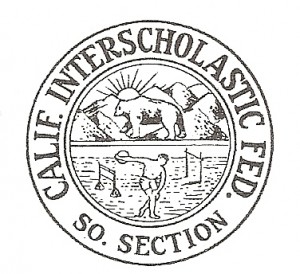 That refrain was heard early and often in the CIF Southern Section. It is heard today, a century later.
That refrain was heard early and often in the CIF Southern Section. It is heard today, a century later.
Coaches, players, administrators, fans, even the media, want to see their teams positioned to win or at least able to compete evenly.
That’s the way it was when the interscholastic federation was formed in 1913, as about 30 high schools from Santa Barbara south actually were playing football, in 5 or 6 very loosely formed “leagues”.
The latest attempt to find competitive balance resulted this year. Schools of substantial enrollment tried something radically different.
According to Southern Section historian John Dahlem, commissioner Seth Van Patten on May 18, 1940, appointed a committee to study re-leaguing, specifically as it was related to the CIF’s larger entities, i.e., San Diego, Hoover, Long Beach Poly, and others.
Van Patten named four administrators to the group, including the No. 2 man at San Diego High, vice principal Edward Taylor.
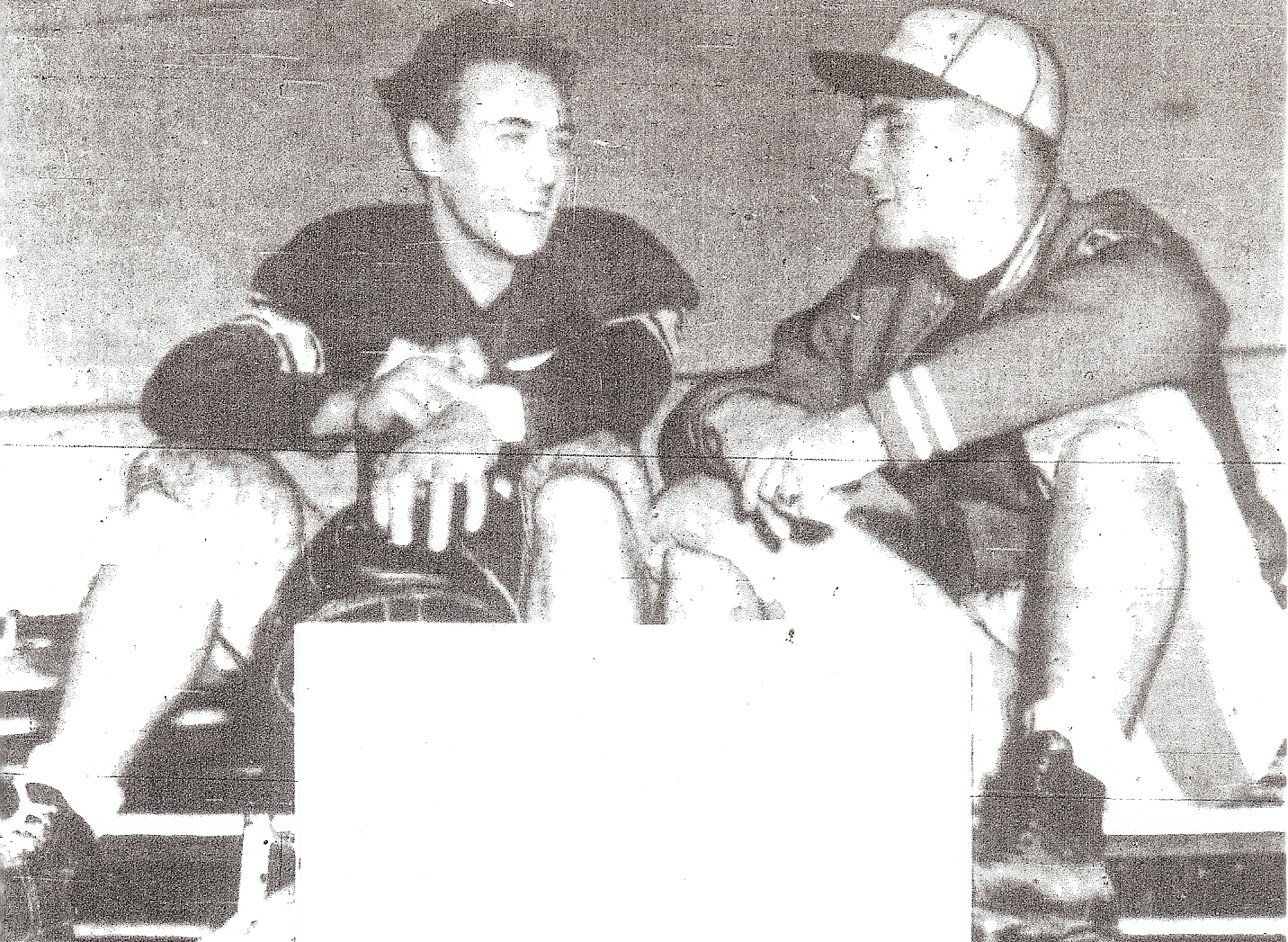
Excerpted from the CIF Annual Report for 1940-41:
–The “reorganization committee” was charged with addressing the “problems of releaguing.”
–The group met four times during the first semester of the 1940-41 school year and presented its recommendations to the section’s Executive Council on Feb. 1, 1941:
“(a) That all leagues except the Coast League (which included San Diego, Poly, and Hoover) remain as set up at that time.
“(b) That the Coast League be disbanded.
“(c) That for Class A football only a “Major Conference” of seventeen large schools be set up and a schedule for a two-year period be adopted.”
(The seventeen large schools were Alhambra, Alhambra Mark Keppel, Beverly Hills, Compton, Glendale, Glendale Hoover, San Diego Hoover, Inglewood, Long Beach Poly, Lawndale Leuzinger, Pasadena, Redondo Beach Redondo, San Diego, Santa Barbara, Santa Monica, Whittier, and Long Beach Wilson).
“(d) That in all sports except Class A football, San Diego Hoover, Poly, Pasadena, San Diego, and Santa Barbara compete as free-lance.
“(e) That the five schools named in paragraph (d) elect a representative to the Council.”
LOOKS GOOD TO US
The Council approved the recommendation in paragraph (c) and a schedule was drawn for 1941 with the understanding that for 1942 the same schedule would be followed with sites of games being reversed.
The events in Pearl Harbor, Hawaii, on December 7, 1941, changed everything.
The Major Conference lasted one year as the CIF retreated and struggled through World War II, but the conference served as another example of the unending difficulty of scheduling and finding balance.
Putting all of the big schools together seemingly gave those with fewer enrollment numbers a more level field on which to compete for league championships.
“It was the problem of individual schools wanting to determine where they were re-leagued and what gave them their best possible chance of winning,” said Dahlem. “Same problem today.
“The schools which hadn’t done well wanted into an ‘easier competitive league’ and were tired of never winning a big championship.
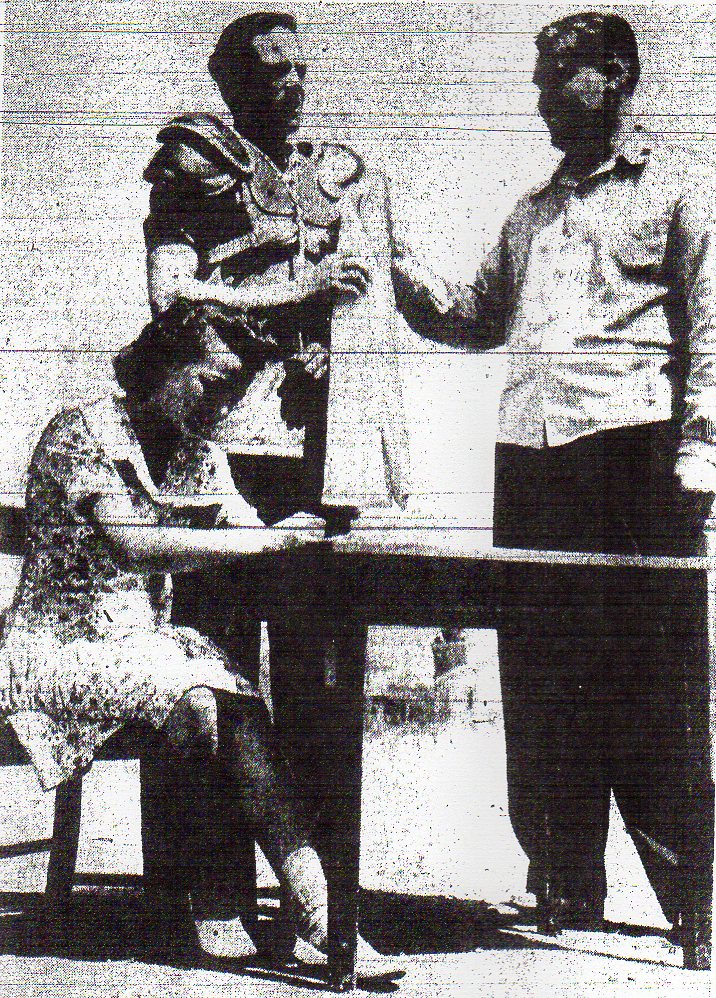
“The seventeen-school conference,” Dahlem added, “was the temporary answer to age-old questions of re-leaguing, meaning, ‘I want to play someone I can beat.’”
The top three finishers in the Major Conference qualified for the playoffs. The winner of the San Gabriel Valley League would provide a fourth postseason qualifier.
Talk of disbanding the playoffs often was on the table. The playoffs would continue this season and a four-team bracket would take care of the postseason in two weeks.
FIX THE COAST LEAGUE
San Diego was a charter member with Long Beach Poly, Whittier, Santa Ana, Pasadena, and Fullerton when the Coast League was re-constituted in 1923-24, but schools came and went as travel and competition was problematic.
Glendale and South Pasadena joined in 1925-26 as Fullerton dropped out. Whittier and South Pas bailed in 1929-30. Long Beach Wilson came aboard in 1930-31.
Wilson left the League and Fullerton returned in 1931-32. Fullerton was out again in 1933-34. Pasadena and Glendale said sayonara after the 1934-35 school year.
Always strong with from six to eight schools, the Coast was down to four, San Diego, Alhambra, Poly, and Santa Ana, in 1935-36. The number returned to six in 1936-37, when San Diego Hoover and Long Beach Wilson were added.
Charter member Santa Ana dropped out in 1937-38. Wilson was gone again in 1938-39 as only Alhambra, Hoover, San Diego, and Poly remained.
Alhambra exited after 1938-39. The Coast was down to San Diego, Hoover, and Poly.
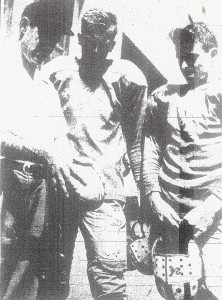
John Dahlem said there was a general consensus before the 1941 re-leaguing process that “if the Coast League could be settled for football re-leaguing problems would be settled.”
It never was settled.
The Major Conference may have been a good idea, but W.W. II ended that option.
The war was over in 1945, promising prosperity and the G.I. Bill, but the Coast League never regained its early form.
By 1947-48 there was a shaky alliance of San Diego, Hoover, Pasadena, Compton, Pasadena Muir, Grossmont (except football) and Bakersfield (football only).
In 1950, San Diego, Grossmont, and Hoover helped form the San Diego City Prep League.
WARY EYE ON TEAMS IN SOUTH
“Not many schools wanted to play San Diego because of its prowess and the distance to travel,” said John Dahlem.
Other factors were in play.
“There were many complaints against Oceanside High School and its lack of control over eligibility, and the Metropolitan League (of which Oceanside was a member) was under constant scrutiny,” said Dahlem.
Van Patten had suspended two Oceanside players in 1940 after determining they were illegally recruited and forced the Pirates to forfeit two victories.
CALL HIM BIFF
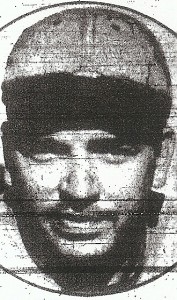
Cletis Gardner, also known as “Biff”, was a former Villanova fullback who enjoyed 35-year career in San Diego as coach, game official (several years in the NFL), and master of ceremonies, and guided Sweetwater to an 8-0 record and the school’s first undefeated season.
It wasn’t until 1972, when Dave Lay led the Red Devils to a 12-0 record, that Sweetwater repeated an all-victorious season.
Freeman Moeser led the Red Devils and the Metropolitan League with 8 touchdowns in league play.
AVAILABLE REAL ESTATE
Escondido had a new coach, Bill Duncan, who came South from El Monte to replace Charlie McEuen, who replaced Marvin Clark at La Jolla, where McEuen was joined by assistant coach Don Clarkson.
Duncan moved into the house in Escondido that McEuen vacated.
The Cougars’ boss had a history with San Diego. He was an assistant coach to Wallace (Chief) Newman at Covina, which defeated San Diego, 13-6, in an infamous Southern Section championship game in 1925.
Covina was found guilty of using players from the Riverside Sherman Institute, but the Colts never gave up the title or the championship trophy.
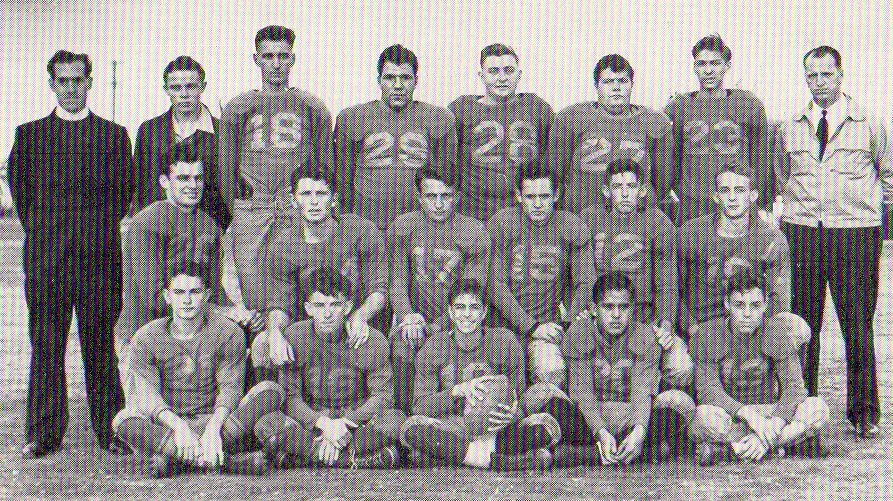
ENGLE BACK AT HOOVER
Roy Engle, the star of Hoover’s first victory over San Diego in 1935, returned to his alma mater and was an assistant coach to Pete Walker.
The 23-year-old Engle took over for Walker early the week of the San Diego game when Walker was down with the flu.
Engle the following spring coached Hoover to the Southern California baseball championship. Among Cardinals standouts on the baseball team was future major leaguer Ray Boone, whose two sons, Bob and Bret had long careers in the majors, as did grandson Aaron.
LONGEST EVER?
Hoover’s Ben Chase, who did not attend school in 1939-40, returned as Hoover’s quarterback and threw perhaps the longest pass in area history, 63 yards in the air.
From his 45-yard line Chase reared back and flung a towering spiral that end Eldon Johnson caught 8 yards deep in the end zone, according to writer Bob Angus of The San Diego Union.
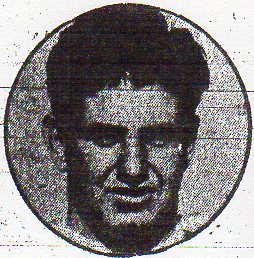
Pasadena weathered Chase’s shot and went home with an 18-13 victory.
Chase’s throw bettered the 57-yards-in-the-air completion by San Diego High alum Harold (Brick) Muller, who connected with teammate Brodie Stephens in the 1921 Rose Bowl.
Some reports disagreed on Muller’s distance. His Wikipedia profile says 53 yards. Another says his pass was 70 yards.
LOCKOUT
San Diego coach Joe Beerkle padlocked gates to Balboa Stadium on the first day of practice before the Hoover game and issued a terse statement to the media following practice: “We worked on offense and defense.”
Beerkle the next day held relay races, seniors against underclassmen, on the upper practice field, then took the team into the stadium for another closed workout.
San Diego defeated Hoover in the big game, 19-7, before about 12,000 persons.
SIGN OF THE TIMES
Parking meters were being installed downtown, necessitating a need for taxi stands, hotel manager H. A. Williams argued before the city council.
Williams said that unless there were cab stands hundreds of hacks would be forced to “cruise” for fares.
Traffic congestion was growing, accelerated by private and public vehicles used by thousands of new residents working in the suddenly critical defense industry.
SIGN OF THE TIME, CONT.
On Oct. 3, 1941, Jim Londos defended his share of the world heavyweight wrestling championship by pinning Juan Umberto in the 43rd minute of a one-hour, one-fall match in the Coliseum, 15th and E Streets.
Danno O’Mahoney won over LaVerne Baxter by a disqualification. Myron Cox pinned Manuel Rodriguez via a Japanese headlock. Chris Zaharias defeated Pete Peterson and Hardboiled Hardy Kruiskamp took the measure of Vic Hill.
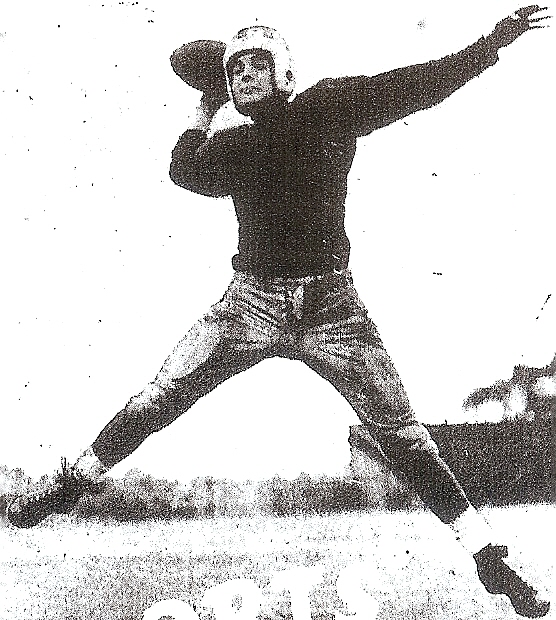
HONORS
Hoover end Eldon Johnson was named to the all-Southern California third team, the only local athlete honored.
QUICK KICKS
St. Augustine was a member of the Southern Prep League but its games did not count in league standings…the Saints’ 6-1 record was bolstered when Brown Military and Fallbrook forfeited in the last two weeks of the season…About 100 boys and girls from Hoover took part in “Ice Activities” at Glacier Gardens on Harbor Drive…Ice skating as a CIF sport?…The battle between Army-Navy and Brown Military academies was postponed a week as cadets were released to go home for the Thanksgiving holiday…the teams battled to a 6-6 tie when they got together days later…Hoover and Grossmont kicked off at 3:45 p.m. for a day-night single header…first half was played under the sun, second half under the lights at Hoover…San Diego and Hoover defeated Point Loma and La Jolla, 21-7, in the third annual City Schools carnival before about 7,000 in Balboa Stadium…San Diego High vice principal Edward Taylor became principal of the new, Kearny Junior-Senior high on Kearny Mesa…rained out on Friday night, Hoover and Santa Barbara met the next afternoon on the Cardinals’ gridiron…the visiting Dons, destined to win the Major Conference and CIF titles, coasted to a 27-0 win…it was a strange year at Fallbrook…the Warriors finished with a 4-0-1 record to win the Southern League, then forfeited their final game to St. Augustine…along the way, head coach Forrest Lindsay stepped down after three games and was replaced by Lloyd Dever and Charles Coutts….

Oh wow this is cool! That’s my dad, Freeman Moeser. I am 47 he had me when he was older and he passed away when I was 21. I wish I would have written this earlier to try and find people that knew him but he would be 99 this year so prob harder to find his friends!! Thanks for posting this I love to read about him.
Thanks for writing, Katie. Happy to share something about your obviously talented father.